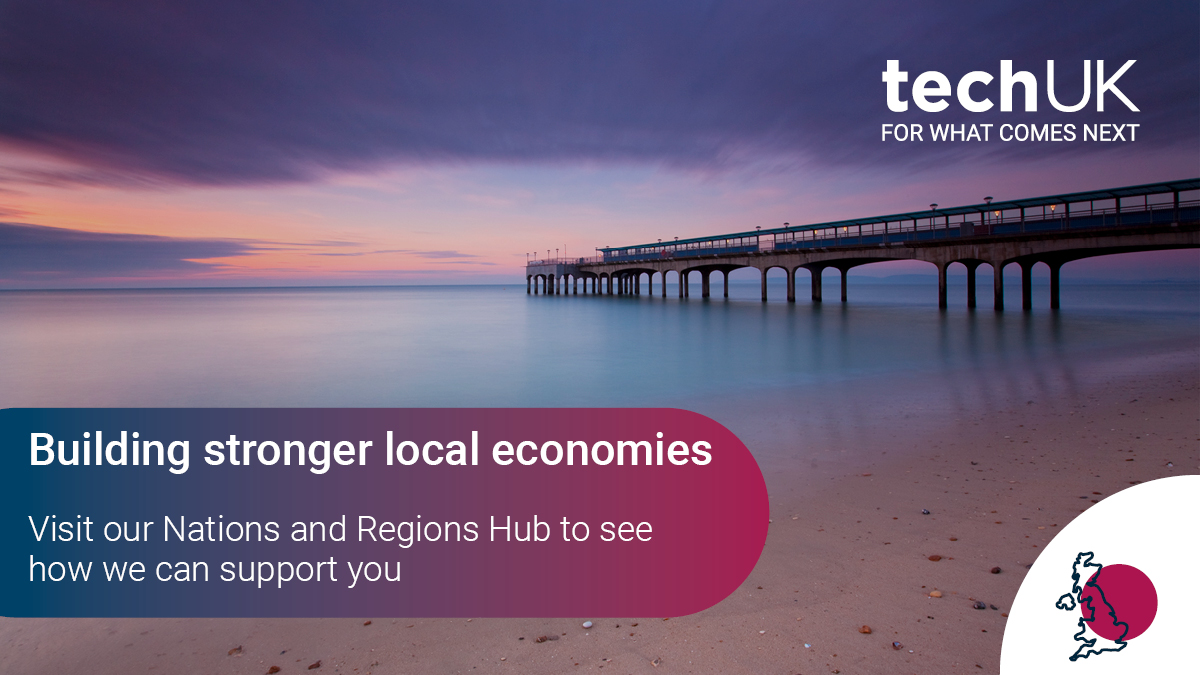FarrPoint survey reveals UK local authority connectivity priorities for 2023
FarrPoint has launched its UK connectivity survey, revealing local authority connectivity priorities for 2023. After reaching out to over 100 digital leaders at a range of authorities across England, Scotland and Wales in December, FarrPoint found that good progress was made in 2022, but challenges remain in the drive to improve the UK’s digital connectivity.
The survey of digital leaders across the UK is the first research to look at priorities across fixed and mobile connectivity specifically within local authority areas - and the barriers that can prevent progress. The research examined a range of topics from gigabit-capable broadband to 5G, smart places, telecoms and net zero.
Digital Planning
Almost all surveyed councils (97%) believed their organisation recognised the priority of digital connectivity and the fundamental role it plays in their area’s competitiveness, and 100% of responding councils felt at least reasonably well informed about digital connectivity coverage in their area. 43% of councils who responded have a digital connectivity strategy less than three years old, while only around 19% have a strategy older than three years and thus more likely to be underway with delivery. Around 12% having no digital connectivity strategy at all.
For around half of councils, the priority going into 2023 remains covering more areas with gigabit-capable broadband, with another 40% prioritising 100% of premises passed with superfast broadband. 30% of respondents have been involved in an anchor-tenancy type model, with little evidence of supplier-council co-investment.
Only 5% of respondents have taken no steps to improve connectivity in their area, with the most popular measures being the 30% that have mapped service availability and 24% that have directly intervened with public funds.
Meanwhile, many respondents are under-prepared for forthcoming telecoms switch-offs. Only 2% of respondents claim to be well prepared for the copper switch-off, with more than 1 in 4 having no plans in place whatsoever. The 2G sunset meanwhile saw more respondents claim to be well prepared (14%).
FarrPoint Chief Executive Dr Andrew Muir has urged local authorities to “…ensure they have an up-to-date connectivity strategy, and also to prioritise preparations for the telecoms switch-offs, as some of these changes are already happening.”
Smart places
Around three quarters of local authorities are engaging with smart places technologies, with 43% of local authorities deploying technologies – such as Internet of Things – in their area and 29% planning to in the future. Considering the time it takes to identify suitable use cases for smart technology in a local area, this a positive level of engagement.
However, some authorities have found that while looking to implement smart city technologies, they did not have the network infrastructure to support new use cases, requiring a rework of their digital infrastructure strategy.
The majority of local authorities identified 5G as a priority for them. Despite a view that 5G was a consumer-focused technology, rather than for service deployment, three areas respondents identified as benefitting most from future 5G were healthcare, social care and transport. There was also a belief amongst some local authorities that regeneration could be spurred by 5G, suggesting 5G is seen a proactive investment tool.
Barriers to adoption
Lack of funding from central government is seen as the biggest barrier to improving connectivity, with 50% of authorities claiming they should perform an active role in ensuring gigabit connectivity but highlighting their lack of resources to do so. This lack of resource was closely followed by deployment issues and a perceived lack of interest from operators.
Despite this, respondents have the ability to reduce barriers to deployment by speeding up the licensing of infrastructure and issue of permits, particularly for 5G masts, which in turn will make an area more attractive for operators. Such deployments can help in reducing the cost of existing services through competition and improve service availability, which were cited as the two biggest barriers to local take-up.
There are, of course, local specific factors. This is most notable in the case of challenging geographies, which may not affect a high percentage of responding councils, but significantly affect those who do face this issue.
Another crucial barrier was an occasional lack of knowledge for local authorities. This is primarily reflected in the lack of awareness of how digital connectivity can help meet net-zero targets. 80% of respondents were unsure how improved connectivity could reduce their carbon emissions, despite many having declared climate emergencies in their areas.
techUK – Building Stronger Local Economies
techUK champions the tech sector throughout the UK. We work with local authorities, devolved government, and local and national policy makers to advocate for the tech sector in strengthening economic growth and resilience. We provide opportunities for our members and local stakeholders to meet, build relationships, and collaborate to drive forward local projects. For more information or to get in touch, please visit our Nations and Regions Hub and click ‘contact us’.








